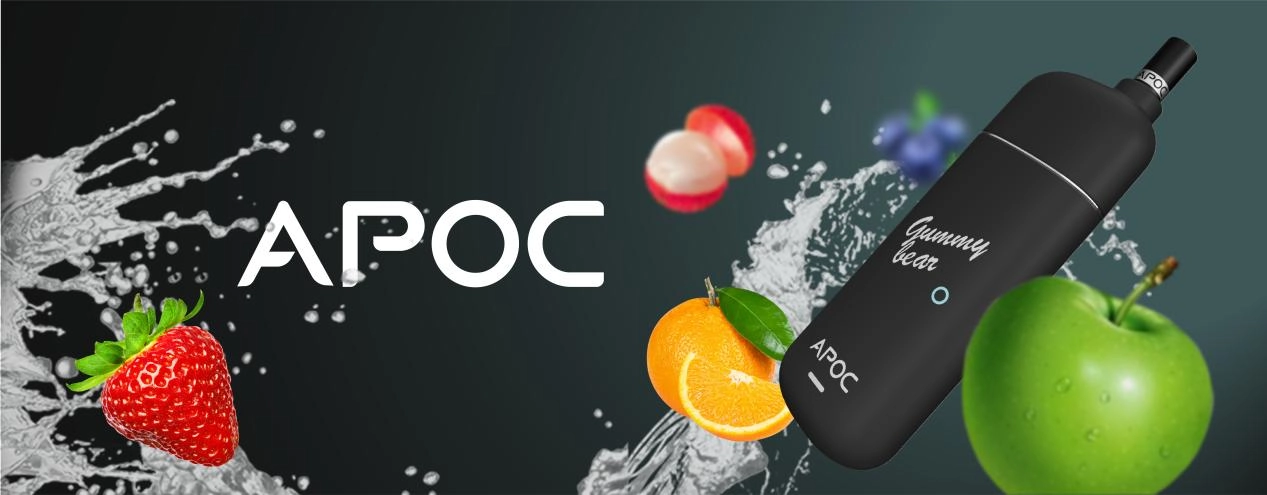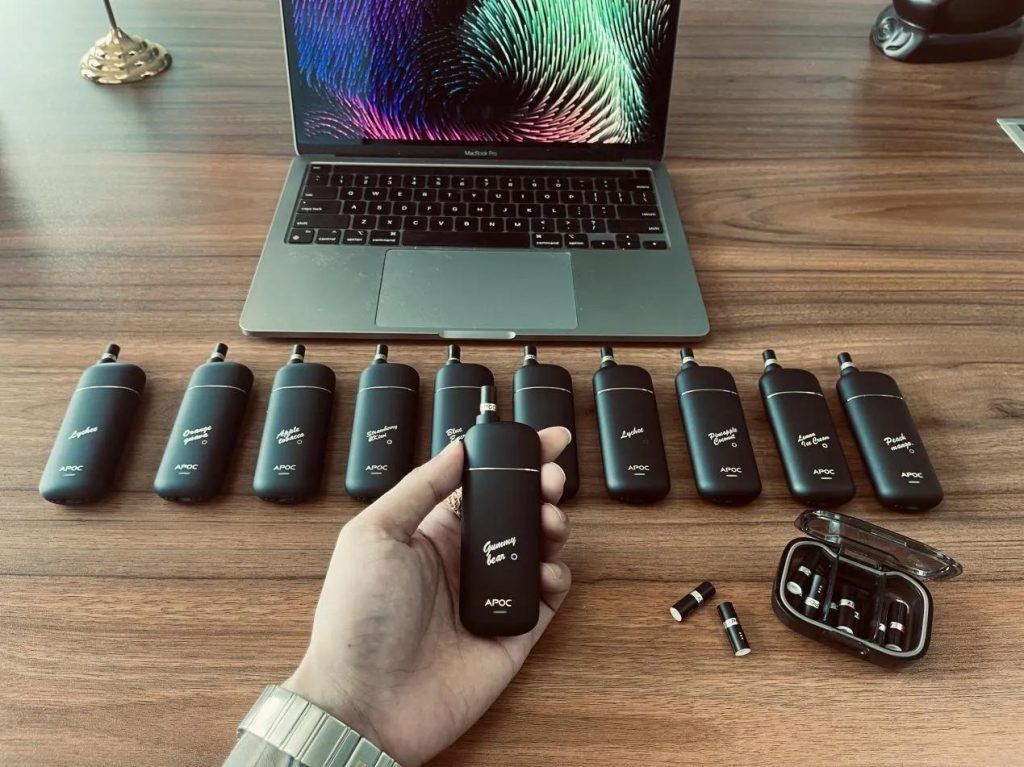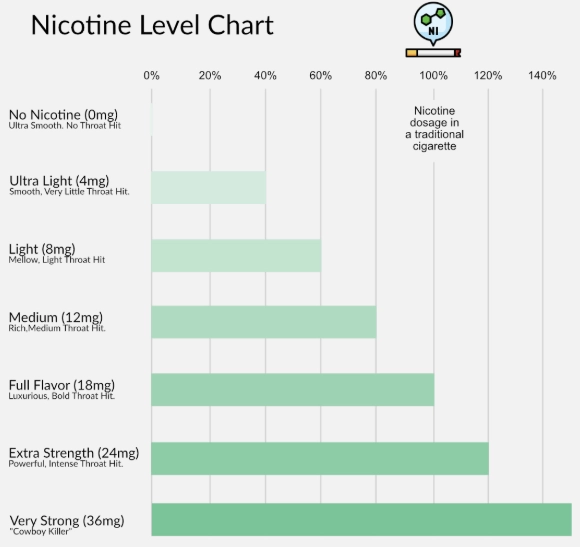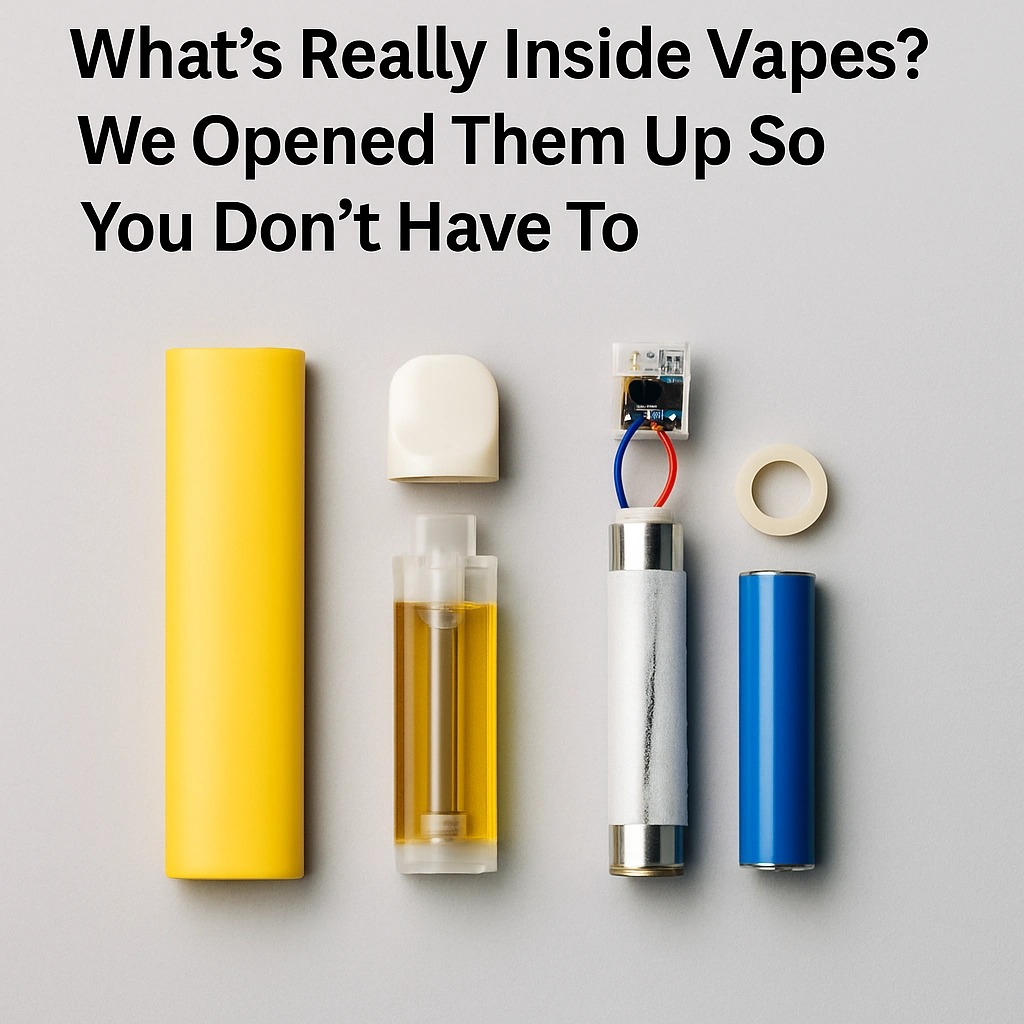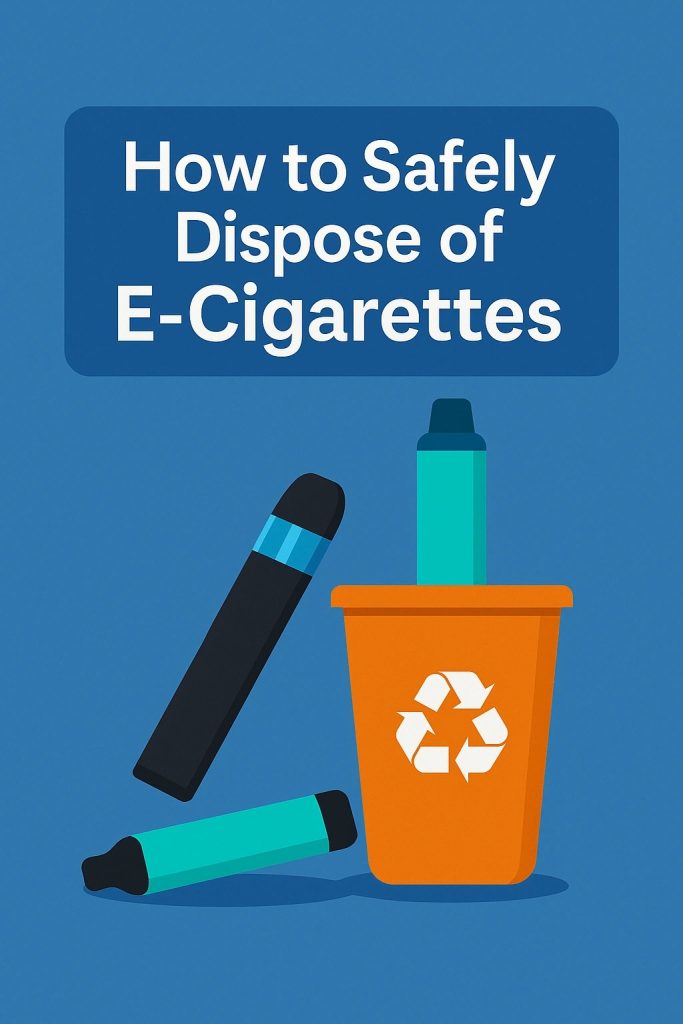Are Disposable Vapes Safe? Examining the Ingredients and Regulations
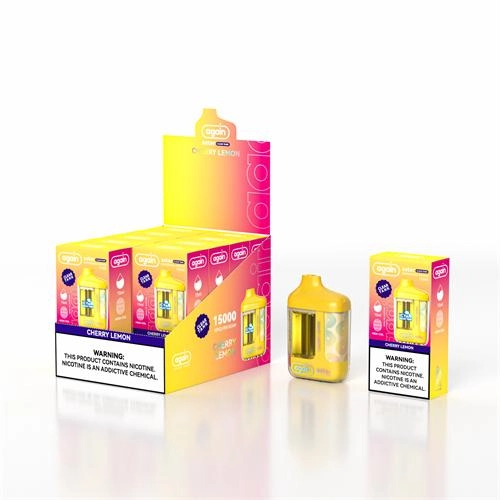
Hey there, if you’ve ever stood in a gas station, eyeing those sleek little disposable vapes behind the counter, wondering if they’re just a harmless puff of fun or something sketchier, you’re not alone. I mean, who hasn’t? The whole thing exploded in popularity a few years back—kids in high school sneaking hits in the bathroom, adults ditching cigs for something that doesn’t stink up the car. But with all the headlines about lung issues and bans popping up, it’s fair to pause and ask: are these things actually safe? We’re diving deep today, looking at what’s inside them, how regs play into it, and yeah, maybe even why a solid choice from a brand like Again Vape could make a difference. No fluff, just the straight talk to help you decide.
What Exactly Are Disposable Vapes, Anyway?
Picture this: you’re at a party, low on cash, and someone hands you a slim tube that promises hundreds of puffs without the hassle. That’s the appeal of disposable vapes—they’re grab-and-go, no charging cords or refills to fuss over. Basically, these are single-use electronic cigarettes pre-loaded with e-liquid, a battery, and a heating element. You inhale, it heats up the juice into vapor, and boom, nicotine hit without the smoke.
But let’s get real for a sec. Not all disposables are created equal. Some are cheap knockoffs that taste like burnt plastic after ten drags; others, like the “again aster” series, pack a reliable 15000 puffs with flavors that actually linger, like a ripe mango on a summer day. The key? They’re built for convenience, but that doesn’t mean they’re toys. In 2024 alone, sales of these hit over 500 million units in the US, according to FDA tracking—folks love the simplicity, but simplicity can hide shortcuts if you’re not careful.
The Tech Behind the Puff
At their core, disposables run on a basic setup: a lithium-ion battery (think 400 to 850 mAh, enough for a day or two of casual use), a coil that warms the liquid, and a mouthpiece. No buttons on most—draw-activated, like sipping a straw. Take the again DTL 800, for instance: it’s got a tiny 550 mAh battery tucked inside, paired with 2.8 ml of e-liquid for about 800 satisfying pulls. It’s direct-to-lung style, mimicking a cig draw, which feels familiar if you’re switching from packs a day.
Oh, and here’s a quirky bit—remember when vapes first hit? They were clunky mods the size of a flashlight. Now? Disposables are pocket-sized, almost too easy to forget you’re carrying one. That ease is great until it leads to litter; beaches littered with these colorful tubes are a growing headache for cleanup crews.
Peering Inside: The Ingredients That Make Up the Vapor
Alright, let’s crack open the hood—or the tank, I guess. What goes into that cloud you exhale? E-liquids in disposables typically boil down to four main players: nicotine, base solvents, flavorings, and sometimes extras like sweeteners. Sounds simple, right? But heat ’em up, and things get interesting.
First off, nicotine. It’s the star, usually in salt form for smoother hits—think 2% to 5% strength, or 20 to 50 mg/ml. In the again DTL 800, it’s a 2% nic salt setup, delivering that quick buzz without the throat scorch. But nicotine’s addictive as hell; it’s why your uncle can’t quit, and it’s linked to heart rate spikes if you overdo it.
Then the carriers: propylene glycol (PG) and vegetable glycerin (VG). PG carries flavor, VG makes thick clouds. Both are FDA-listed as generally recognized as safe (GRAS) for food use, but inhale ’em as aerosol? That’s where studies get iffy. A 2023 review from the National Institutes of Health found that heated PG can form aldehydes like formaldehyde—nasty stuff in high doses, though levels in reputable vapes stay way below cig smoke thresholds. Still, if you’ve got asthma, that tickle in your chest isn’t imaginary.
Flavorings round it out—natural or artificial extracts for that strawberry or mint kick. again aster offers 12 options, from juicy peach to lime soda, all mixed in-house to avoid harsh chemicals. But here’s the rub: some flavors, like cinnamon, break down into irritants when vaped. Data from Johns Hopkins shows certain additives can inflame lung tissue over time. And don’t get me started on the metals—coils leach trace amounts of nickel or chromium, especially in low-end disposables. A UC Davis study last year clocked some disposables pushing toxic metal levels 10 times higher than traditional cigs. Yikes.
To break it down quick, here’s a simple table of typical ingredients and their roles:
| Ingredient | Role in E-Liquid | Potential Concerns (When Vaped) |
| Nicotine | Provides the buzz | Addictive; raises heart rate |
| Propylene Glycol (PG) | Flavor carrier, throat hit | Can form irritants like acrolein |
| Vegetable Glycerin (VG) | Thick vapor producer | Generally mild, but dehydrates |
| Flavorings | Taste and aroma | Some (e.g., diacetyl) linked to “popcorn lung” risks |
| Sweeteners | Enhances mouthfeel | May gum up coils, leading to burns |
This isn’t exhaustive—e-juices vary—but sticking to brands with transparent labels keeps surprises low.
Safety: Separating Hype from Hard Truths
So, are disposable vapes safe? Short answer: safer than lighting up a Marlboro, but not a health food. Public Health England’s long-standing line? Vaping’s 95% less harmful than smoking, backed by years of data on reduced tar and carbon monoxide. That’s huge for the 34 million US smokers eyeing a switch. But myths swirl like the clouds themselves.
Myth one: “It’s just water vapor.” Nope. CDC’s clear—aerosol packs nicotine, ultrafine particles, and volatile organics that hit your lungs hard. I’ve chatted with ex-smokers who swear by disposables for quitting, but admit the dry mouth after a long night out.
Fact: Youth use is a red flag. Truth Initiative reports 38% of teen vapers go daily, often on flavored disposables—55% of the market. That’s why flavor bans are sweeping states like California. For adults, though? A 2023 ASH survey found 43% of smokers still think vaping’s as bad as cigs—total bunk, but fear sells.
Another truth bomb: explosions. Rare, but batteries can overheat if punctured. Stick to auto-draw models like the APOC Orbiter, with its built-in display showing battery life—no guessing when it’s time to toss it.
And long-term? We’re talking popcorn lung from certain flavors or popcorn lung from diacetyl, though modern regs curb that. NSW Health notes over 200 chemicals in some vapes, but reputable ones test for heavy metals and toxins. Bottom line: moderate use on quality gear minimizes risks. I once knew a guy who chain-vaped cheapies for months—ended up with a cough that lingered. Switched to a filtered option like APOC Poota, and poof, clearer sails.
- Pro Tip Bullet:Start low on nicotine if you’re new—2% like in again DTL feels gentle.
- Watch Out:Avoid leaving them in hot cars; heat warps the juice.
- Data Drop:Vaping-related ER visits dropped 50% post-2020 flavor crackdowns, per CDC.
Navigating the Rules: How Regulations Keep Things in Check
Regulations? They’re a patchwork quilt, man. In the US, FDA’s the big dog since the 2016 Deeming Rule, treating disposables like cigs—premarket approval needed, though enforcement lags. Want to sell? Prove it’s “appropriate for public health.” That’s why again vape nails CE, RoHS, TPD, FCC certs—European safety stamps that scream quality.
Globally, it’s wild. UK’s got TPD caps at 2 ml tanks (hello, Again H compliance), while Australia’s near-total ban pushes black markets. Wikipedia’s got the full rundown: from flavor bans in Brazil to age-21 mandates everywhere. Congress is eyeing more, per a 2025 CRS report, with youth protection front and center.
For ingredients, FDA eyes GRAS status but warns: safe to eat doesn’t mean safe to inhale. TSNAs (tobacco-specific nitrosamines) lurk in trace amounts, though way less than cigs. Brands like Again step up with material inspections and pre-ship tests, dodging the dodgy stuff.
Scenario time: You’re in New York, grabbing a disposable. State law says no flavors post-2020, so mint’s your only play. Regs force transparency—check for that nicotine warning label. It’s messy, but it weeds out the Wild West players.
Spotlight on Reliable Picks: Why Again Vape Stands Out
Tying it back, if safety’s your jam, scout brands with the creds. Enter Again Vape’s lineup—disposables that blend ease with oversight. The Again E 1500? 850 mAh battery, 4.8 ml of 5% nic salt in nine flavors like blueberry or watermelon. No leaks, no fuss, and that 1.6 ohm coil keeps draws smooth.
Or the APOC Poota: rechargeable 650 mAh, 10 ml capacity with four filters for richer taste—think filtering coffee grounds, but for vapor. It’s got 10 flavors, and those filters cut harshness, per user chatter. Again H 400 keeps it TPD-friendly at 2 ml, 12 flavors, perfect for travel.
These aren’t just products; they’re built on patents and quality checks, from assembly to box. In a sea of iffy imports, Again’s got that steady vibe—OEM roots mean they know the drill.
Discovering Vapehome: Your Go-To for Disposable Vapes
Before we wrap, a quick nod to Vapehome, the powerhouse behind Again Vape. As a top supplier of disposable vapes and pod system, they crank out OEM and ODM solutions with a focus on global standards—think prompt shipping and custom tweaks for markets worldwide. From their base, they’ve grown since 2013, patenting designs that prioritize user safety without skimping on flavor punch. If you’re stocking up or just curious, their site’s a goldmine for vetted options that play by the rules.
Wrapping It Up: Puff Smart, Stay Informed
At the end of the day, disposable vapes aren’t villain or savior—they’re a tool, safer than smokes for quitters but with edges you gotta watch. We’ve unpacked the ingredients (nic salts and all), busted myths with real stats, and mapped the reg maze. Truth is, in a world where a quick drag can curb cravings, choosing wisely—like grabbing an Again model—tips the scales toward the good side. Stay curious, read labels, and hey, maybe chat with a doc if you’re on the fence. Your lungs will thank you.
FAQs: Quick Hits on Disposable Vape Safety
Are disposable vapes safe for someone trying to quit smoking?
Yeah, they’re often a solid step—Public Health England pegs them 95% less harmful than cigs, thanks to no tar. But examine the ingredients closely; opt for low-nic options like 2% salts to ease in without overload.
What regulations cover disposable vapes in the US?
FDA’s Deeming Rule since 2016 requires premarket nods, focusing on youth-proofing and clean ingredients. It’s strict on labeling nicotine warnings, but enforcement varies by state—always check local flavor bans.
Do disposable vapes contain harmful chemicals?
They can, like trace metals from coils or aldehydes from heated PG, per NIH studies. That said, quality ones keep levels low; are disposable vapes safe overall? Safer than traditional tobacco, if you stick to certified brands.
How do I know if a disposable vape’s ingredients are up to snuff?
Look for transparent labels on nic strength and carriers—avoid mystery flavors. Reputable suppliers test for toxins, ensuring regs like RoHS keep heavy metals in check.
Can examining disposable vape regulations help me pick a better product?
Absolutely. TPD-compliant tanks (under 2 ml) mean tighter oversight on safety. It filters out junk, pointing you to gear that’s been vetted for both ingredients and build quality.



